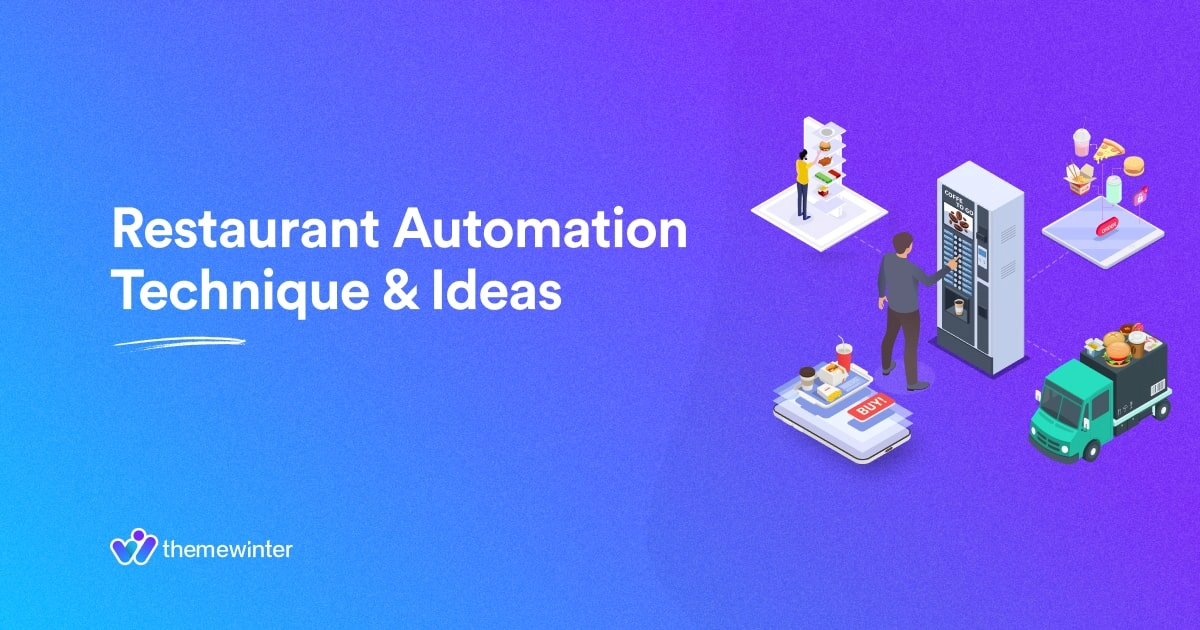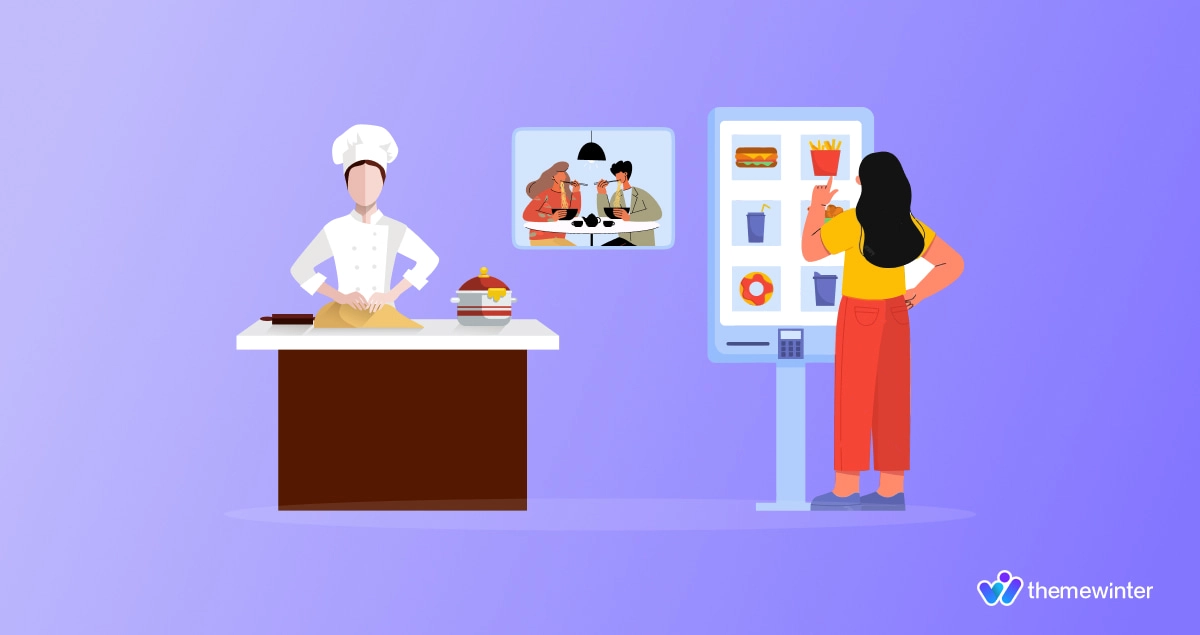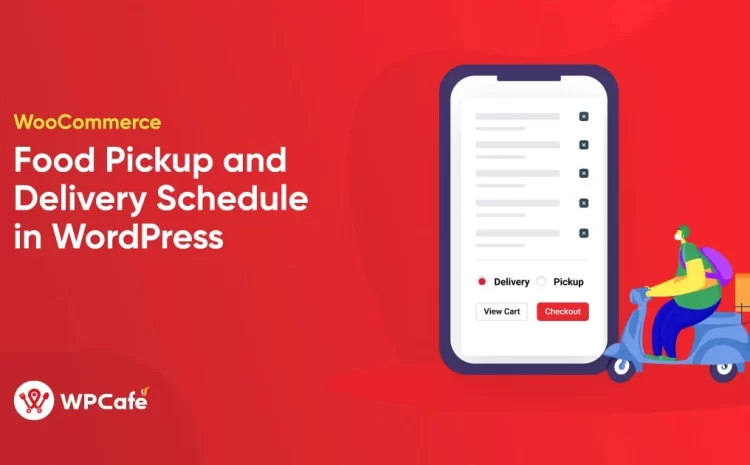Restaurant Automation System: 10 Ways You Need to Try in 2025

Table of Contents
When you hear the phrase “Restaurant Automation,” you may think of robots making food or delivering meals to customers in a futuristic manner. Well, this is not wrong, but there are also several techniques that restaurants can adopt to optimize operations to save both time and money.
According to restaurant survey, Over 65% of customers prefer using a touchscreen kiosk to place their order in a fast-food restaurant
This guide will take you through the latest restaurant automation technology that’s revolutionizing the dining experience and better customer feedback. From self-service kiosks to AI-powered chatbots, these innovative technologies are changing the way we eat out.
Don’t let your restaurant get outdated. Get ready to discover how automation can streamline operations, improve customer satisfaction, and elevate your restaurant to new heights of success. Let’s dive in!
What Is Restaurant Automation? 🤔

Restaurant automation refers to the use of technology and equipment to streamline processes, reduce human labour, and enhance overall efficiency in restaurant management. It involves the integration of software, hardware, and other tools to automate various tasks that were previously performed manually.
The concept of automation in restaurants is not entirely new, as it has been around for several years. However, with advancements in technology and the increasing demand for faster service and convenience by customers, restaurant owners are now embracing automation techniques more than ever before.
There are various types of restaurant automation strategies that can be implemented depending on the specific needs and goals of a particular establishment. These include:
- Ordering Automation
- Payment Automation
- Self-Service Kiosks
- Reservation Automation
- Digital Menu Boards
- Kitchen Automation
- Inventory Management Automation

10 Best Restaurant Automation Systems

In this section, we will discuss some of the best restaurant automation systems that you should consider implementing in your establishment.
Implementing these restaurant automation systems can significantly benefit your establishment by increasing efficiency and improving the overall dining experience for your customers. With technology constantly evolving, it is essential to stay updated with the latest trends in the food industry and invest in automation systems that best suit your restaurant’s needs.
1. Online Ordering & Delivery Automation
Online ordering and delivery automation streamline the process of accepting and processing orders from multiple online platforms. It integrates with delivery services, ensuring orders are accurately captured, tracked, and delivered on time.
✅ Benefit: Increases order accuracy and efficiency, reduces labor costs, and enhances customer satisfaction by providing seamless service.
2. Customer-Facing Display
Customer-facing displays are digital screens that show order details, promotions, and other relevant information to customers. These can be placed at self-service kiosks or at the counter.
✅ Benefit: Enhances customer experience by providing real-time order updates, reducing perceived wait times, and promoting upsell opportunities.
3. QR Code Menu Automation
QR code menus allow customers to scan a code with their smartphones to view the menu and place orders without needing physical menus or interaction with staff.
✅ Benefit: Reduces contact points, improves hygiene, and offers a convenient and interactive way for customers to order, which can lead to increased sales.
4. Reservation System
Automated reservation systems manage bookings, optimize table allocation, and reduce no-shows through reminders and confirmations sent to customers.
✅ Benefit: Streamlines the reservation process, maximizes table utilization, and enhances customer satisfaction by minimizing wait times.
5. Kitchen Display System
Kitchen Display Systems (KDS) replace traditional paper tickets with digital screens in the kitchen, displaying order details and prioritizing tasks.
✅ Benefit: Increases kitchen efficiency, reduces errors, and improves communication between the front and back of the house, leading to faster service.
6. Geo-location Food Menu
Geo-location food menus provide customized menu options based on the customer’s location, including local specialties and time-limited offers.
✅ Benefit: Enhances the customer experience with personalized menu options, potentially increasing sales and customer loyalty.
7. Inventory Automation System
Inventory automation systems track stock levels in real-time, automate reordering processes, and provide alerts for low-stock items.
✅ Benefit: Reduces waste, ensures ingredient availability, and saves time on manual inventory checks, leading to better cost management.
8. Point-of-Sale (POS) Systems
Modern POS systems integrate with various other automation tools, managing sales, inventory, and customer data from a single platform.
✅ Benefit: Simplifies operations, improves transaction speed, and provides valuable insights into sales trends and customer preferences.
9. Customer Relationship Management (CRM) Software
CRM software collects and analyzes customer data to personalize marketing efforts and improve customer relationships.
For WooCommerce users, implementing a WooCommerce Wishlist allows businesses to track customer preferences by letting them save their favorite products. This feature enhances customer satisfaction and provides valuable insights for targeted marketing campaigns.
✅ Benefit: Enhances customer loyalty through targeted promotions and personalized experiences, boosting repeat business and revenue.
10. Restaurant Robots
Restaurant robots encompass a range of automated machines that can perform tasks such as greeting guests, delivering food to tables, and even preparing meals. These robots can operate autonomously or under human supervision, improving overall service efficiency.
✅ Benefit: It increases efficiency and provides a unique, futuristic dining experience that can attract customers. Additionally, automated machines can maintain consistent quality and handle repetitive tasks, allowing human staff to focus on more complex and interactive roles.
How to Automate a Restaurant: Step-by-Step Guide

Automating your restaurant involves careful planning, selecting the right technology, and ongoing monitoring and adjustments. By following this step-by-step guide, you can successfully implement automation in your establishment and reap its benefits for years to come.
➡️ Step 1: Identify Areas for Automation
Before diving into automation, it is essential to identify which areas of your restaurant need it the most. This could include tasks such as order taking, payment processing, or inventory management. Analyzing your current operations and identifying pain points will help you prioritize which processes should be automated first.
➡️ Step 2: Choose the Right Technology
Once you have identified the areas for automation, it’s time to select the right technology for your restaurant’s needs. There are numerous WordPress plugins and software solutions available in the market designed specifically for restaurants. Some popular options include the WPCafe , Five Star or Orderable plugin for automated restaurant management, point-of-sale (POS) systems for order taking and payment processing, kitchen display systems (KDS) for streamlining food preparation and delivery, and inventory management software.
➡️ Step 3: Integrate Your Systems
To achieve maximum efficiency through automation, all of your systems must be integrated seamlessly. For example, your POS system should be able to communicate with your KDS system to send orders directly from tableside tablets or handheld devices in real time. Integration between different systems also eliminates manual data entry errors while reducing wait times.
➡️ Step 4: Train Your Staff
When implementing any new technology in a restaurant, training is essential. Make sure all staff members understand how the new systems work and their individual roles in operating them effectively. This will ensure smooth implementation and minimize disruptions during service hours.
➡️ Step 5: Monitor Performance & Make Adjustments
Automation is not a one-time process; it requires continuous monitoring and adjustments to optimize its effectiveness continually. Keep track of performance metrics such as order processing time, table turnover rate, and inventory levels to identify areas that can be further improved.
➡️ Step 6: Embrace Customer Feedback
Don’t forget to seek feedback from your customers on how they feel about the automation processes in your restaurant. Use their input to make any necessary changes or improvements and ensure their overall satisfaction with the dining experience.
Pro Technique and Tips for Restaurant Automation

After discovering all about restaurant automation, you might be wondering how you can give a free tie. The simplest and easiest way to simplify the process is by setting up a WordPress website. You can do this by using free tools and a suitable restaurant management plugin. After implementation, you can automate tasks such as ordering, inventory management, QR code menus, geo-targeting, and reservation scheduling. Whether you already have a website or not, you can check the “How to create an online food ordering website” guide to establish restaurant management and automate processes. Additionally, If you would like to learn more about marketing and SEO optimisation for your restaurant, then I recommend that you click over to the section.
Final Words
As technology advances, restaurants must adapt and use automation to stay competitive. Embracing innovative automation solutions is the future of dining. Having an automated restaurant is a growing trend that offers many benefits to both customers and businesses. While some may view automation as replacing human workers, it actually has the potential to create new job opportunities and allow employees to focus on more engaging tasks.
Hopefully, you have found this post useful and if you wish to learn more about WordPress, you can subscribe to our blog or join our Facebook community for all the latest WordPress-related news and tips.🚀

